Project News: California Site Selected for First FRP Wildlife Crossing in North America
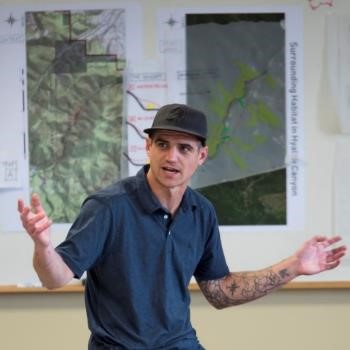
WTI Researchers are collaborating on a research project to develop, implement and evaluate a wildlife crossing structure made of Fiber-reinforced polymers (FRPs), a strong but lightweight composite material that could significantly reduce the construction and maintenance costs of wildlife overpasses and associated infrastructure elements. In recent project news, an FRP wildlife crossing will be designed […]
New Staff at LTAP

Welcome to Melissa Schaak, who recently joined the Montana Local Technical Assistance Program (LTAP) as a Program Coordinator II. Melissa will manage the LTAP main office, provide training coordination for statewide workshops and meetings, provide program management in conference planning, and develop communications and outreach for Montana LTAP. Melissa grew up on a farm and […]
Road Ecology in the News
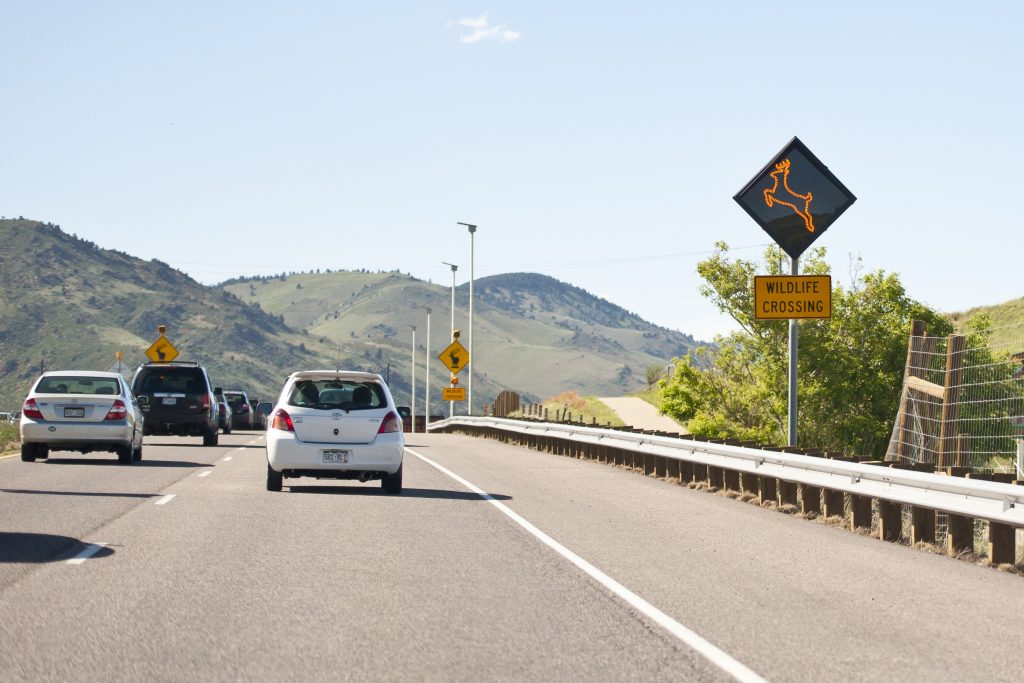
The Revelator interviewed WTI Research Scientist Tony Clevenger for the article “Road to Nowhere: Highways Pose Existential Threat to Wolverines.” The interview primarily focuses on Tony’s study on the impact of the Trans Canada Highway on wolverine movements and gene flow in the Canadian Rockies. The full report is available on the Mapping the Wolverine […]
WEBINAR: Unpaving Guide
The National Center for Rural Road Safety Center is hosting a FREE, 1.5-hour online webinar, which will feature information on converting distressed paved roads to engineered unpaved roads. This webinar will be held Tuesday, February 18, 2020 from 11:00 AM to 12:30 PM Mountain/1:00 PM to 2:30 PM Eastern. This webinar will feature information on […]
WRTWC Releases “Playbook” for Launching University-Public Agency Partnerships
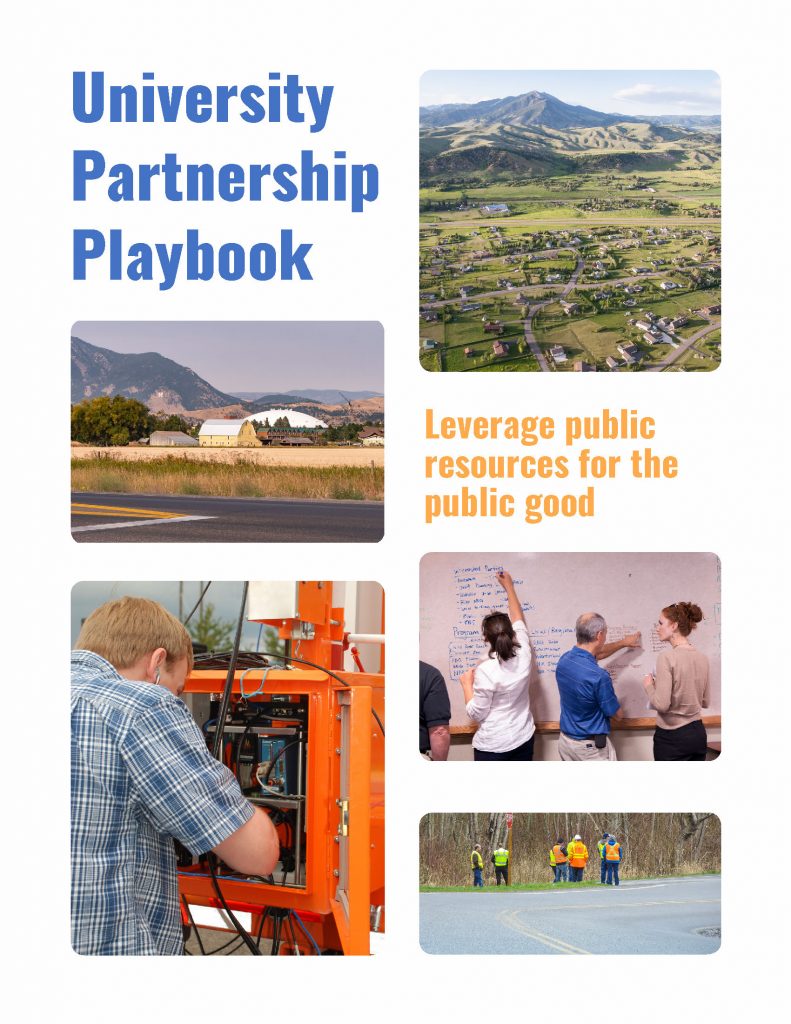
The West Region Transportation Workforce Center has released the University Partnership Playbook, a step-by-step guide for creating multi-project collaborations between public agencies and universities. The collaborations offer students hands-on transportation project experience within their university courses and provide agencies with added expertise and capacity for community-based projects. The Playbook uses the Educational Partnerships for Innovation […]
MSU Undergrads Assisting with Safety Center Research
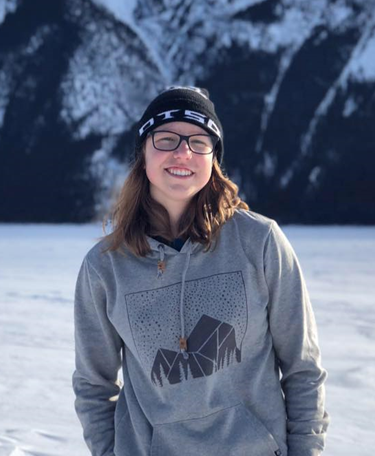
Welcome to Andy Merkel and Maddy Pernat, who are new undergraduate research assistants at WTI. By supporting projects conducted by the National Center for Rural Road Safety, they will have the opportunity to develop not only new research skills, but other valuable professional development skills related to communications and outreach. For example, Andy is helping […]
CHSC Announces March Webinar
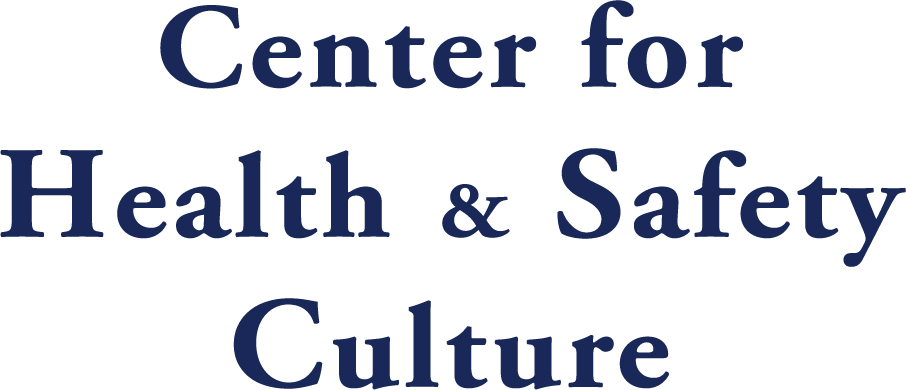
The Center for Health and Safety Culture (CHSC) has announced a new webinar for March, entitled “The Center for Health and Safety Culture: Who We Are and How We Support Efforts to Improve Health and Safety.” This free event will be presented on Wednesday, March 18, 2020 from 1:00 pm – 2:00 pm (Mountain Time) […]
PROJECT NEWS: Just a short train ride from D.C.
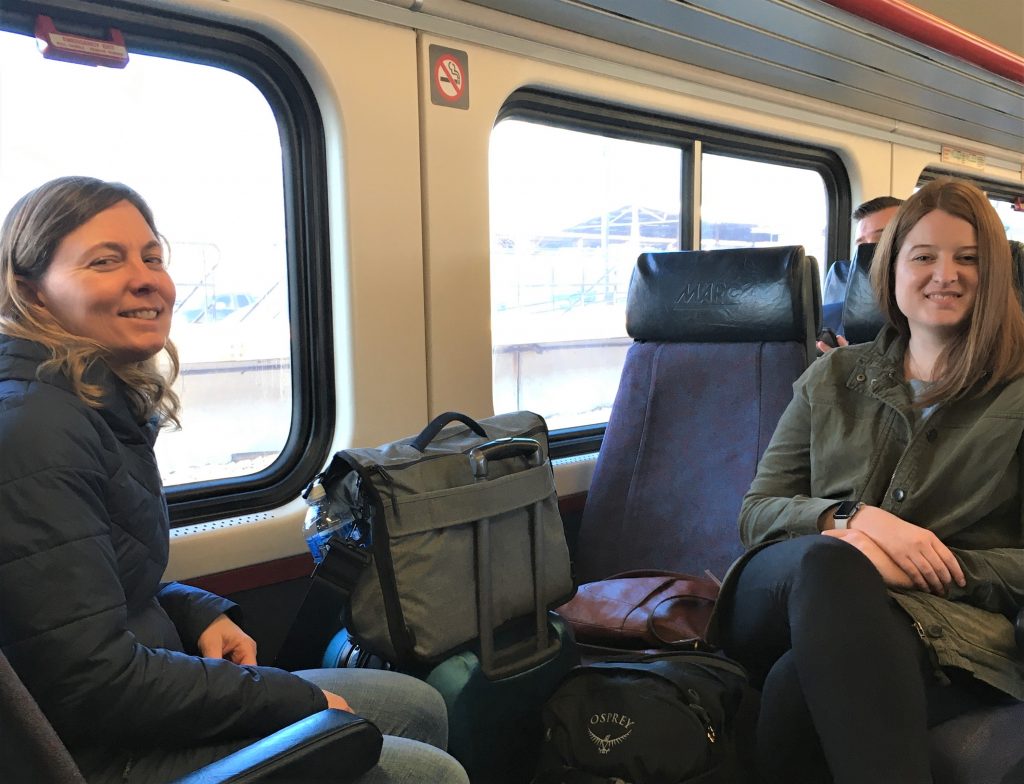
After the TRB Annual Meeting in Washington D.C., Laura Fay (left), Karalyn Clouser (right), and Natalie Villwock-Witte traveled on to Maryland to meet with the Maryland Department of Transportation (DOT) about the Severe Weather Index (SWI) project. An SWI is a management tool that can assess the performance and related costs associated with winter maintenance […]
